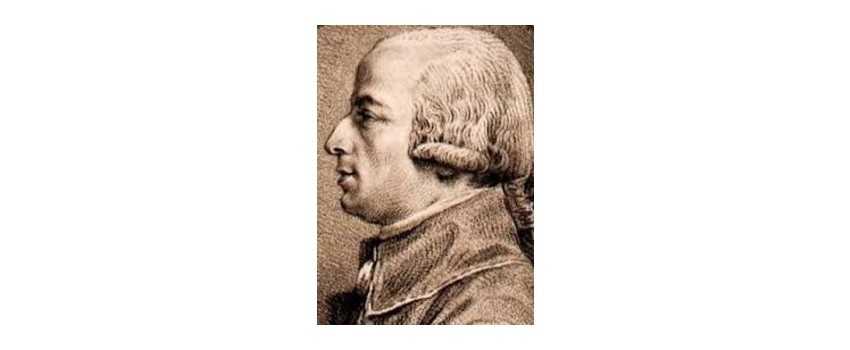Breval, Concertino No 1 In F Major For Cello And Piano
Breval, Concertino No1 in F Major for Cello and Piano
Bréval was a prolific composer who lived during the late 18th and early 19th centuries, and his contributions to the music world are often overlooked. However, with a bit of exploration, you'll discover a treasure trove of chamber music, concertos, and symphonies that showcase his unique style and mastery of the cello.
Jean-Baptiste Bréval was born in Paris, France, on November 6, 1753. His father was a successful shoemaker who wanted his son to pursue a career in law, but Bréval had other ideas. He showed a keen interest in music as a child, and his father eventually allowed him to study the cello. Bréval showed a natural talent for the instrument and quickly became a skilled cellist. Bréval's musical training began at the Paris Conservatory, where he studied under the famous cellist Jean-Baptiste Cupis. He later continued his studies with Giovanni Battista Viotti, a renowned Italian violinist. Bréval's time with Viotti was instrumental in shaping his musical style, as he was exposed to the classical Italian style of music that was popular at the time. As a result, Bréval's training in French and Italian music would become a defining aspect of his compositions. Bréval's skills as a cellist were widely recognized, and he soon began performing in public. He played in orchestras and chamber ensembles and gained a reputation as one of the most talented cellists of his time.
Bréval's career as a composer began in earnest in the 1780s. He began composing chamber music, including sonatas and quartets, and his work was well-received by audiences. In 1783, he composed his first cello concerto, which was an immediate success. This launched him into the public eye as a composer, and he quickly gained a reputation as one of the most talented composers of his time. Over the next few years, Bréval continued to compose a wide range of works, including symphonies, concertos, and operas. His music was characterized by its elegance, grace, and technical virtuosity. He was exceptionally skilled at writing for the cello, and his cello concertos and sonatas are still considered some of the most essential works in the cello repertoire. Despite his success as a composer, Bréval continued to perform as a cellist throughout his career. He played in various orchestras and chamber ensembles and was highly respected for his technical skill and musicality.
Bréval's oeuvre includes over 100 works, including symphonies, concertos, chamber music, and operas. His music is characterized by its elegance, grace, and technical virtuosity. His early works were primarily chamber music, including sonatas and quartets, highly praised for their beauty and sophistication. Bréval's cello concertos are among his most famous works. He composed eight concertos for the instrument, each showcasing the cello's versatility and expressive potential. His concertos are characterized by their technical difficulty and lyrical beauty. Nevertheless, they remain some of the most essential works in the cello repertoire. In addition to his chamber music and concertos, Bréval composed several symphonies and operas. His symphonies are characterized by their lightness and elegance, and they are often compared to the works of Haydn and Mozart. Although his operas are less well-known than his other works are still considered essential contributions to the classical music canon.
Bréval's contribution to cello music cannot be overstated. His eight cello concertos, sonatas, and chamber works have become staples of the cello repertoire. His music is characterized by its technical difficulty and lyrical beauty, and it has been praised for its expressive potential. Bréval's cello concertos are particularly notable for their technical virtuosity. They require a high level of skill from the performer, with fast runs, intricate passages, and challenging double stops. However, they are also highly melodic, with lyrical themes that showcase the cello's expressive potential. Bréval's chamber works for the cello are equally important. His sonatas and quartets are characterized by their elegance and sophistication, often compared to the works of Beethoven and Mozart. They remain essential works in the cello repertoire and are frequently performed in concert halls worldwide.
Bréval's legacy has been somewhat overlooked despite his significant contributions to classical music. However, his influence can be seen in the works of later composers, particularly those who wrote for the cello. His technical virtuosity and lyrical beauty have inspired generations of cellists and composers, and his music remains an integral part of the classical music canon. Bréval's influence can be seen in the works of composers such as Luigi Boccherini, who was also known for his chamber music and cello concertos. Boccherini was heavily influenced by Bréval's elegant style and technical virtuosity, and his works for the cello reflect this influence. Bréval's music also impacted the development of the cello as an instrument. His works helped to establish the cello as a solo instrument, and his technical innovations helped to expand its range and expressive potential.
Jean-Baptiste Bréval may not be a household name, but his contributions to classical music are significant. His elegant chamber music, virtuosic cello concertos, and sophisticated symphonies are still performed and admired today. In addition, his works helped to establish the cello as a solo instrument and expanded its expressive potential. Bréval's legacy can be seen in the works of later composers and the continued popularity of his compositions.

Breval, Concertino No1 in F Major for Cello and Piano
Breval, Concertino No2 in C Major for Cello and Piano Breval's Concertino #1 in F Major is a piece most cello students become very familiar with.
Breval, Sonata No.1 Op40 in C major for Cello (Schott)
Breval, Sonata Op 28 No4 in G Major for cello (Faber) is included in ' 18th Century Sonatas ( faber)